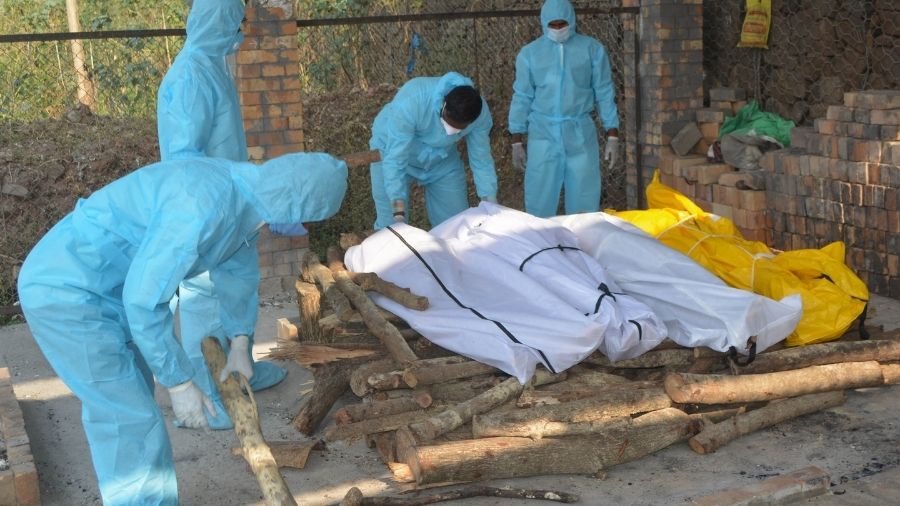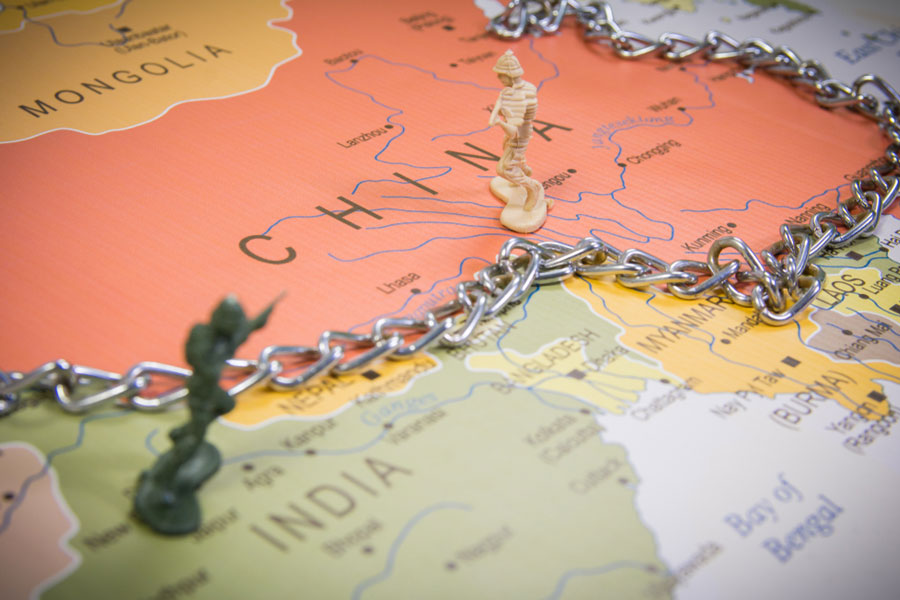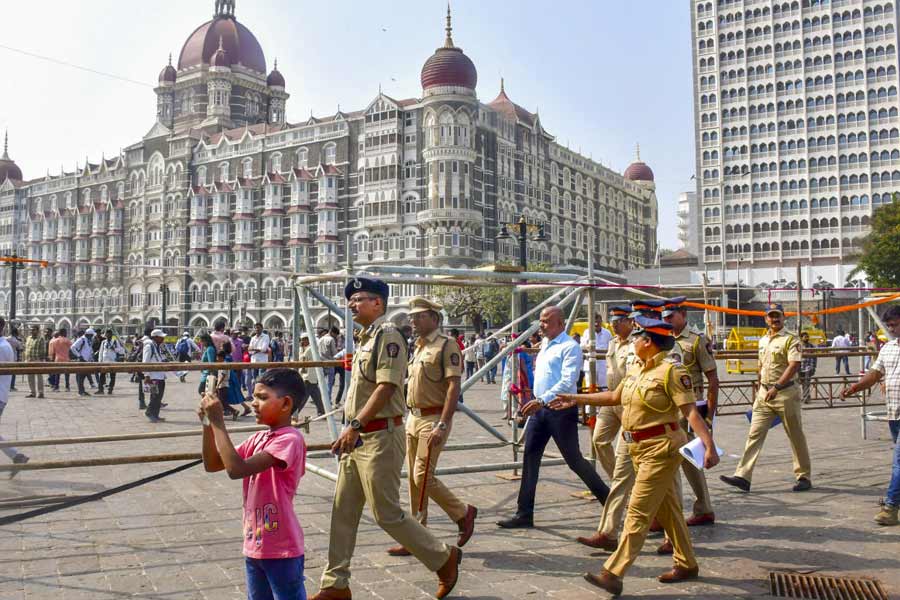Unfazed by the government’s protests, the World Health Organization has stuck to its guns on its estimate of how many Indians have died in the pandemic. It said Thursday that a massive 4.7 million people died in India of Covid-19 or coronavirus-related illnesses between January 1, 2020, and December 31, 2021.
That contrasts with the government’s calculation that its official death toll of 481,000 is the real number of deaths in the 24-month period. The WHO estimate goes against official claims that India was able to keep deaths at a very low level compared to other parts of the world.
The government responded swiftly, saying it “strongly objected” to the WHO’s calculations. “Despite India's objection to the process, methodology and outcome of this modelling exercise, WHO has released the excess mortality estimates without adequately addressing India's concerns," the health ministry said late Thursday.
Excess mortality counts the gap between the number of people who died during Covid-19 and the number who would have been expected to die when there was no pandemic.
The WHO report says that 14.9 million people died around the world between January 1, 2020, and December 31, 2021 which is more than three times the official numbers published by governments globally that have calculated that the total deaths is slightly more than 5.4 million.
One-third of global deaths
The figures released Thursday indicate that one-third of the deaths globally took place in India, most of them during the catastrophic second wave of infections when hospitals ran out of oxygen, patients died in parking lots and crematoriums worked 24x7.
“No credible scientist believes that the GOI (Government of India) official death total is accurate. Even the claims for compensation exceed the official death toll,” says Prabhat Jha, professor and epidemiologist at Toronto’s Centre for Global Health Research. Jha has conducted extensive studies on Covid-19 deaths in India.
Five major studies have calculated that India’s death toll was in the region of between 3 million and 5 million.
'Sobering data'
Dr Tedros Adhanom Ghebreyesus, WHO Director-General, defended the organisation’s figures saying: “These sobering data not only point to the impact of the pandemic but also to the need for all countries to invest in more resilient health systems that can sustain essential health services during crises, including stronger health information systems.”
Why does having an accurate death toll matter so greatly? “Accurate estimates help build better models for the future and allow proper planning,” says Indian virologist Dr Shahid Jameel, a former CEO of the Wellcome Trust/DBT India Alliance that funds health research and currently a University of Oxford fellow. “If reliable estimates of infection and mortality were available after the first wave, it would have facilitated better planning for the second wave,” Jameel said.
In addition, Jameel added: “How will India know in the future what worked, what didn’t and at what time in its Covid management, if its numbers are not accurate?”
Transparent, robust methodology
The government said though that the “validity of models used (by the WHO) and data methodology are questionable.” But Dr Samira Asma, Assistant Director-General for Data, Analytics and Delivery at WHO said that “these new estimates use the best available data and have been produced using a robust methodology and a completely transparent approach.”
The WHO study used state-level civil registration data in various states where they were available. Government figures released a few days ago also indicated that civil registration deaths in 2020 were 6 per cent higher than the year before. The government, however, insisted that all the higher deaths should not be attributed to Covid-19.
Looking around the world, the WHO ranks India second on a list of 10 countries that allegedly undercounted deaths by a big margin. India comes in just behind Egypt which is reckoned by the WHO to have undercounted its deaths by 12 times. WHO says India undercounted deaths by nine times.
“It is not possible to count every death during a pandemic for various reasons. In the end, the best estimates will come from multiple types of surveys that give an excess mortality figure,” said Jameel.
US deaths cross 1 million
Deaths in countries like the US have now crossed over 1 million since January 1, 2020. The US has a population of around 332 million. Similarly, deaths in the UK from January 1, 2020 till now are 192,464 in a population of around 68 million. The WHO counts the UK as one of the countries where the death toll is fairly accurate. In Germany, though, the WHO suggested that 195,000 more people than normal died during the pandemic, much more than 112,000 Covid-19 deaths recorded by the country.
In India, a variety of journalistic reports and academic studies have all concluded that the death toll was far higher than the official one recorded by the government.
The newspaper Divya Bhaskar collected data from district offices which showed that the state had issued 65,000 more death certificates during the period from March 1, 2021 to May 10, 2021 than the year before. According to state data. 4,218 people had died of Covid-19 during that same time period.
Three methods, similar results
Jha says he used three different calculation methods which all showed much the same results. Says Jha: “We used for our Science (a professional journal) report data for only 10 states with more than 10 months of data and these showed increases in deaths consistent with our national estimates. Finally, we used the GOI’s (Government of India) own health facility mortality reporting data on 2 lakh hospitals which also showed a similar excess.”











